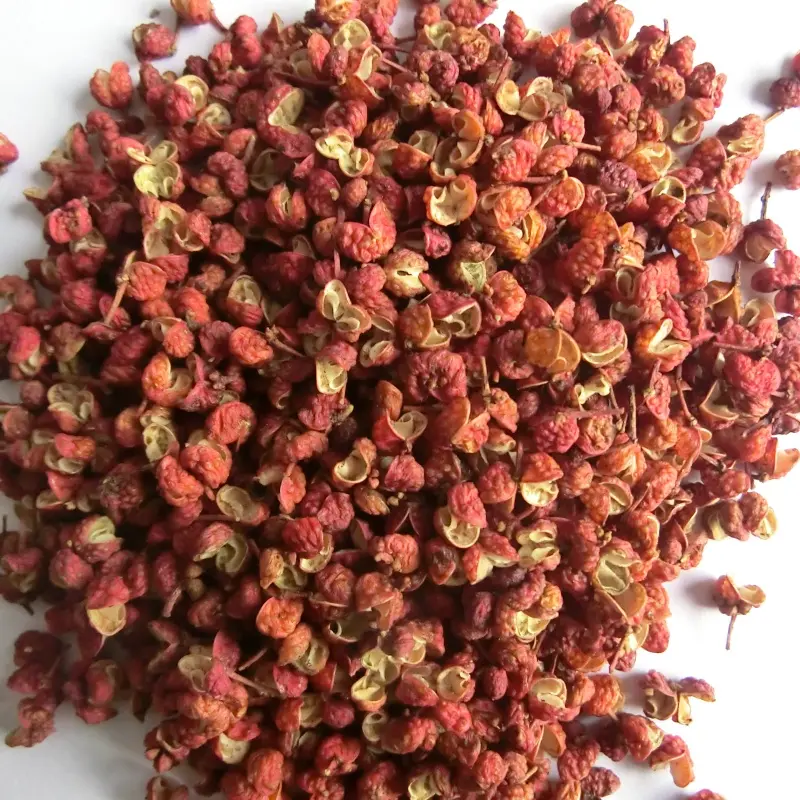If you pay attention to more orders about the dishes from various restaurants. You 'll find that restaurants often ask you to order spicy food on a scale of 1 to 10 and add hot pepper to the dish accordingly, but chili peppers can add more than heat to a dish. Depending on the type of pepper and method of preparation, dried chilies can give anything from a mild burst of smoky goodness to a sinus-clearing jolt of fire to a curry, stir fry, soup or stew.
Steps:
First:Choose your chili. If you haven't grown up around this type of cooking, the array of available varieties can be bewildering. The most commonly used dried chili is the jalapeno. These small green or red very hot peppers are suitable for any recipe that calls for "chili peppers." Other varieties are anchos, which are dried poblano chilies and look like small, dark bell peppers; Anaheims, which are long, thin, green and mildly hot; and habanero or Scotch bonnet peppers, which are small, somewhat square in shape and intensely hot. Cayenne pepper is hot and generally sold ground or in flakes in the supermarket spice aisle.
Second: Shop carefully and store chilies properly. When buying dried chilies, try to find sun-dried varieties, which have the best flavor, and select from chilies that are sold in bulk rather than prepackaged, if you can. Look for unbroken skin, rich coloration and some bend. Strings of chilies look nice hanging in the kitchen, but the best way to store them is in air-tight jars or vacuum-sealed bags in the refrigerator. If you must hang chilies, do so where it is cool and dry--heat and moisture attract pests and ruin chili peppers. Properly stored dried peppers will retain their flavor for a year.
Third: Reconstitute dried peppers if you are going to use them as you would a fresh chili. Simply place the dried peppers in a bowl and add twice as much water as you have chilies. Leave for an hour and drain. When peppers are reconstituted, use in recipes that call for fresh chilies, using half as much as the dish calls for. If you are going to grind the chilies into a paste, remember that much of the heat is in the seeds. For a milder dish, cut the top off the pepper and slice lengthwise. Lay flat with the inside of the chili up. Scrape out the seeds with a paring knife. Another way to reduce the heat is to boil the peppers and discard the water. The more times you do this, the milder your chili, but the peppers retain their flavor.
Fourth: Add dried peppers whole to liquid dishes such as soups, stews and curries. Remove before serving. Grind dried peppers and use in any dish that calls for ground chilies. Do not confuse this with chili powder, which contains other spices such as cumin and garlic. To flavor oil, heat the oil in a skillet and then add 1 or 2 whole dried chilies, saute for a few minutes and remove. This technique is often used in stir fries and in Indian cooking. Use commercially prepared dried cayenne--ground or in flakes--to add a pop or heat in everything from sauces to pasta dishes. Heat and flavor vary, so taste test before adding.
Tips & Warnings
A general rule of thumb is that the larger the pepper, the milder it is on the heat scale, but this rule doesn't always apply, so check for heat before deciding how much dried chili to add to your dish.
Chilies vary immensely in the amount of heat they contain, even among the same variety. When cooking, always start with the least amount of chilies, paste or powder you can. You can always add more heat, but too much will ruin your dish.
Chili peppers contain oil that can irritate skin and eyes. Use gloves when chopping or scraping chilies or wash your hands immediately after handling the peppers. Do not touch your eyes, face or skin while working with these peppers.


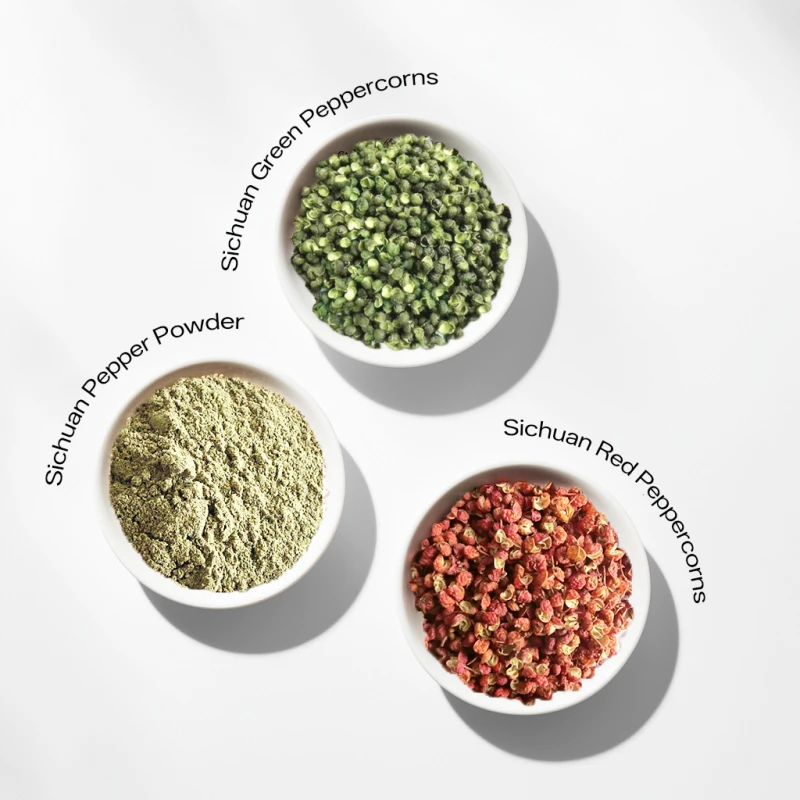
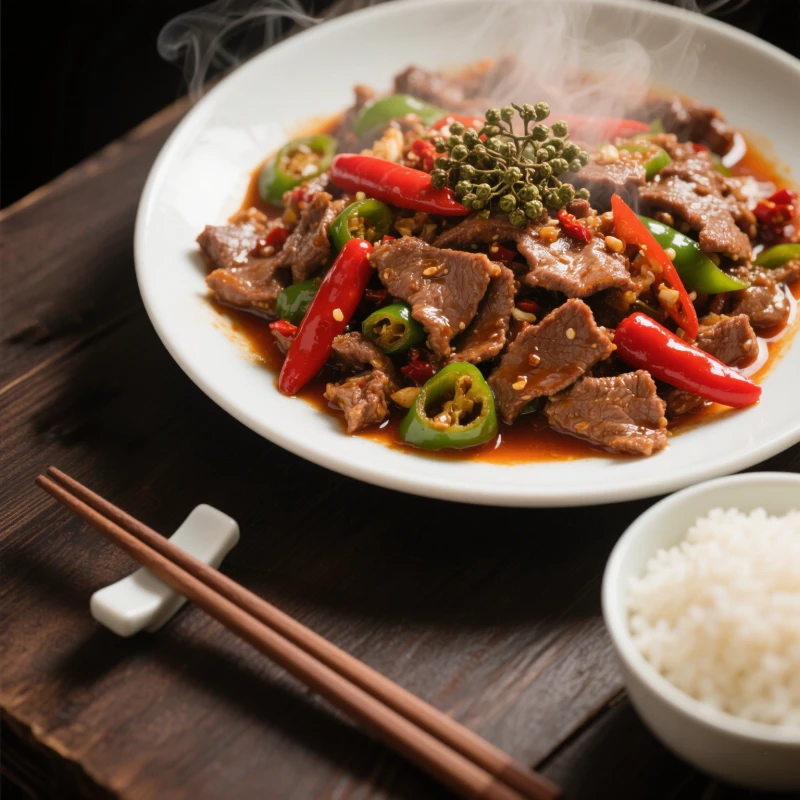

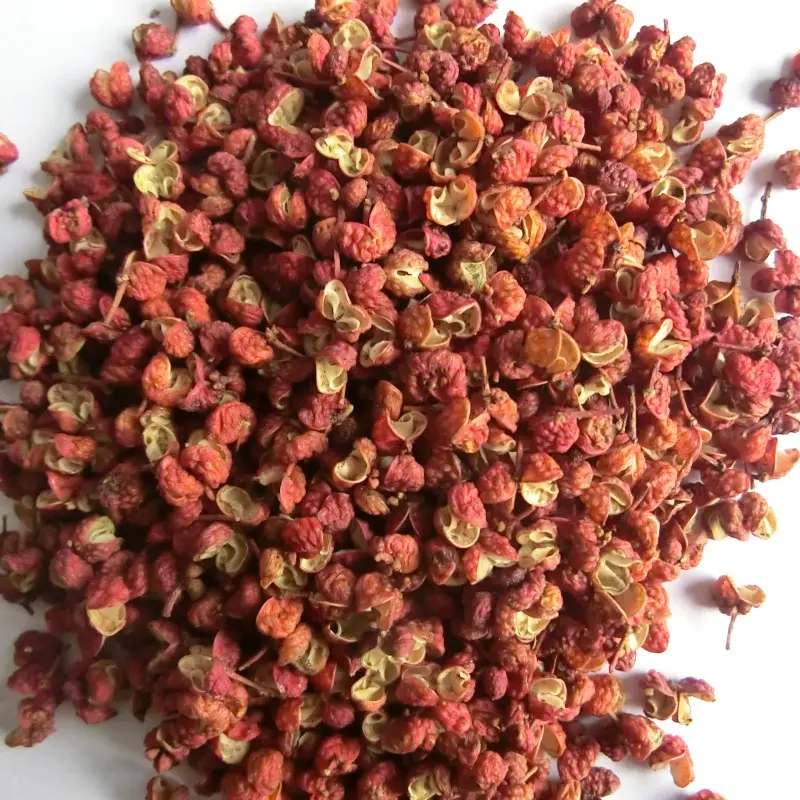
811.webp)
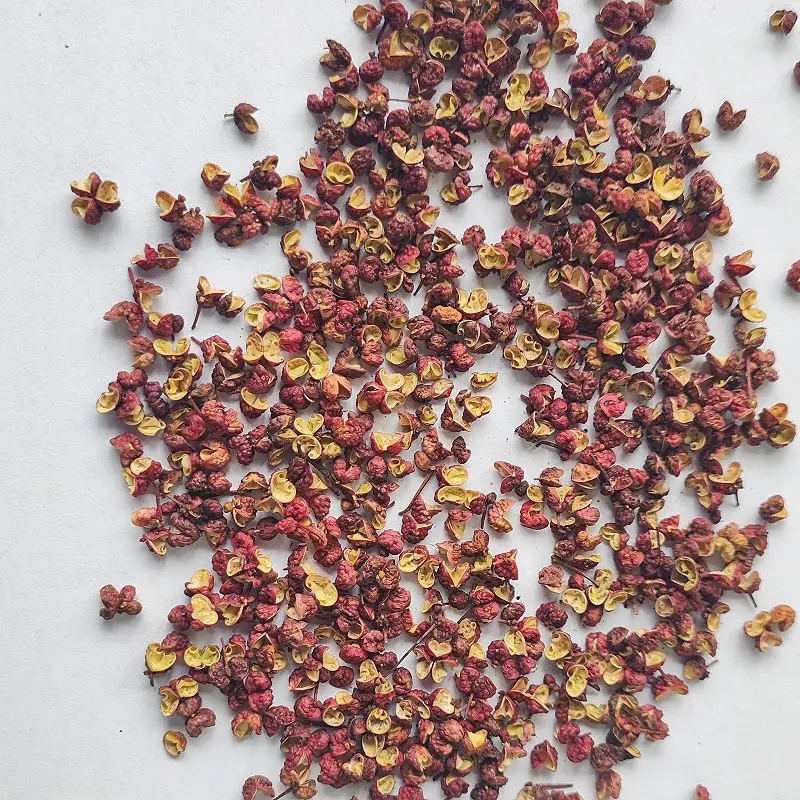
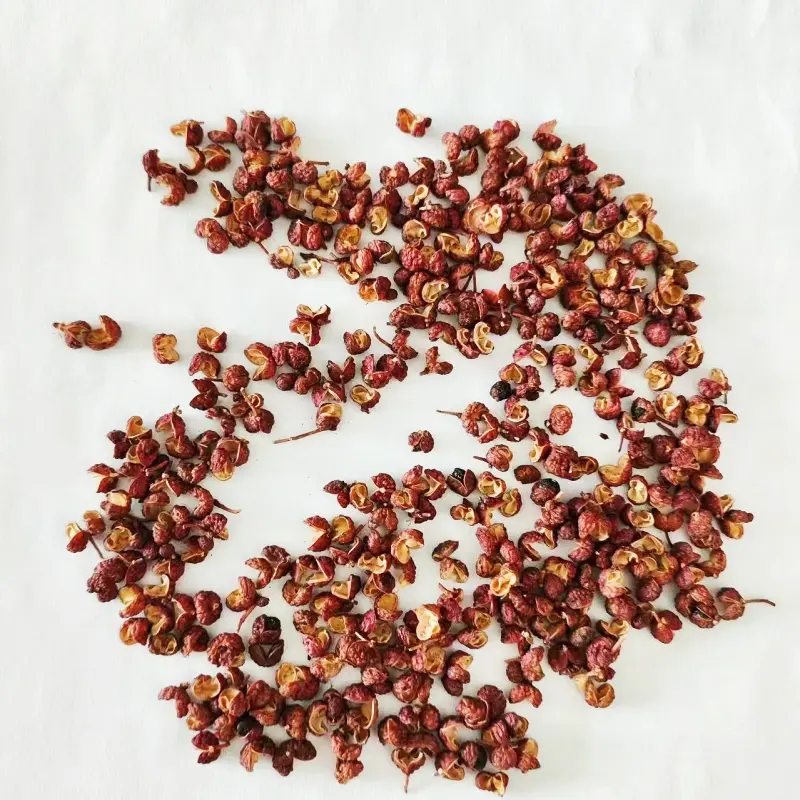
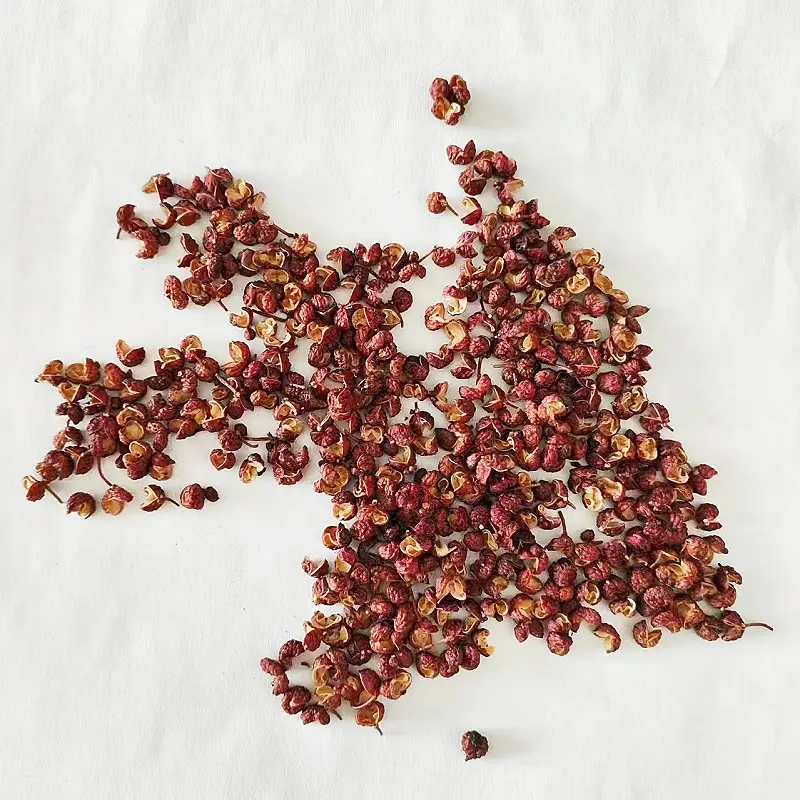
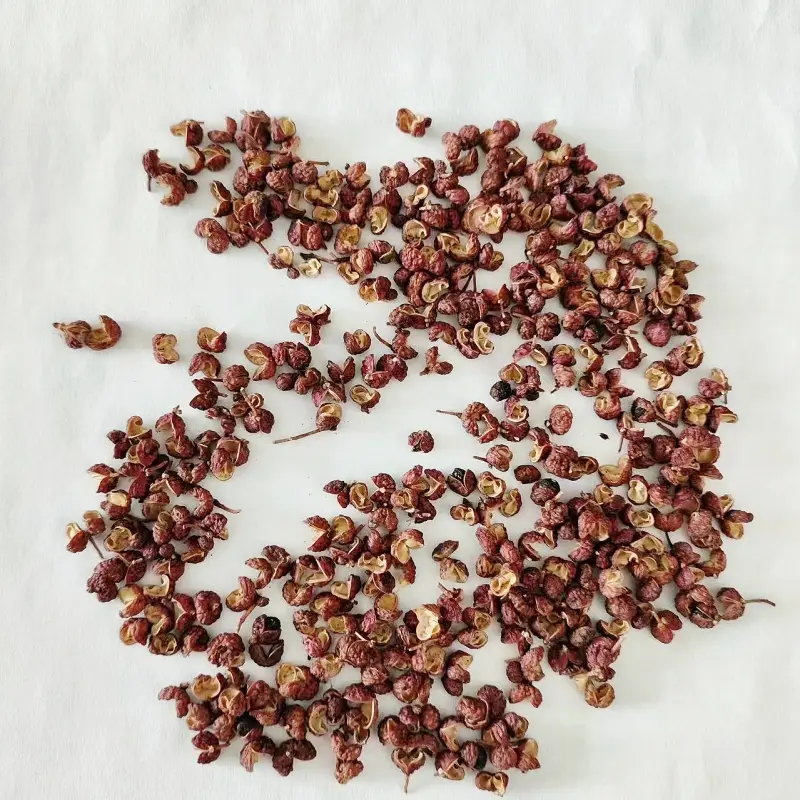
114.webp)
